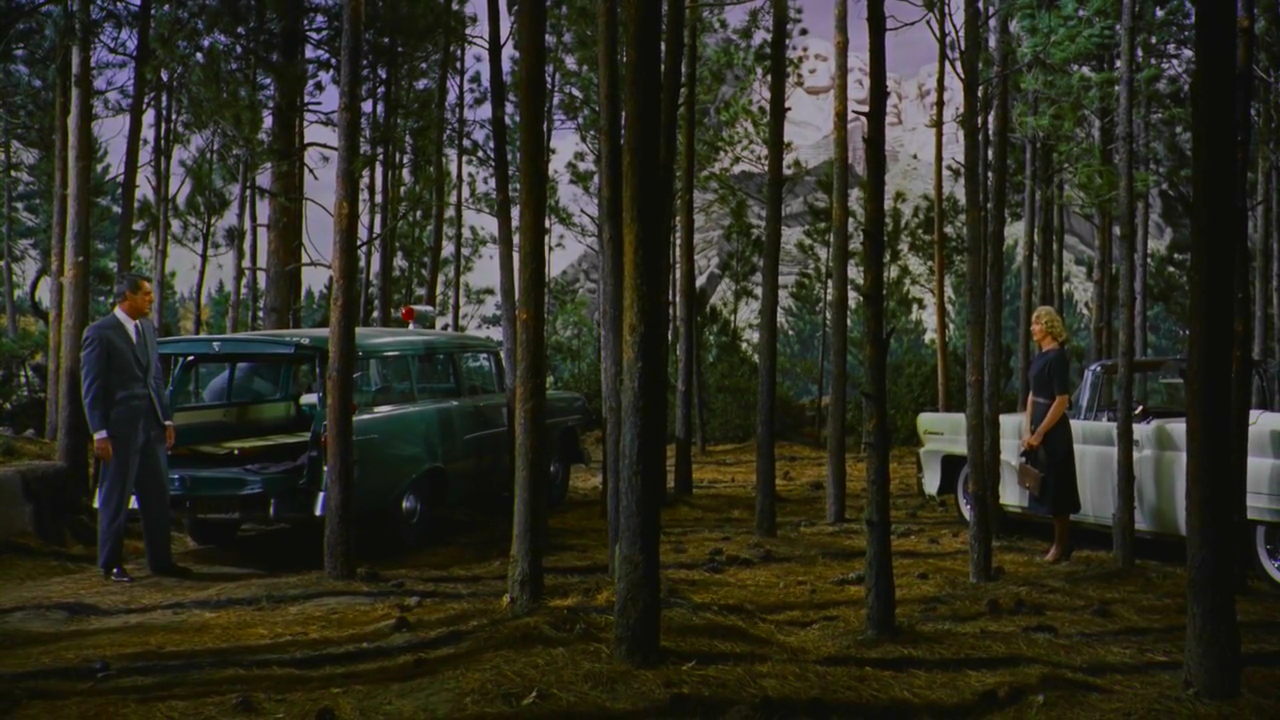In this post i will be talking about editing and the different types; i will then provide examples of these editing techniques from movies.
Editing is the process of looking at all the footage for a film/ TV programme and placing it in the desired order and joining it together. There are two types of editing:
Speed of editing
Speed of editing is how long does each shot last and can be increase or decreases by cutting things out or by letting the shot run longer. Changing the speed of editing can effect the film as more suspense can be added if the scene is short, or the scene can be more meaningful/personal if the scene is long. Scenes at the beginning of a film will be longer so this is enough time to tell a story, help the audience understand whats going on and to introduce the characters. As the film progresses on then the scenes will generally become shorter (depending on the film genre) so this adds an effect to the scenes; this can add suspense, tension and fright.
Here is a clips, it is the first fight in spiderman 1 which shows how the editing speeds up within a film to add more suspense.
Style of editing
Style of editing is how each shot is joined to the next and can be joined with different techniques; these are all commonly known as transitions. A cut, wipe, fade dissolve and jump cut are examples and they all provide a different feel to a scene.
Cut- these are instant editing from one shot to the next and therefore will be must faster if used. These can be used to create a fast pace speed of editing so suspense is added.
Wipe - this is when the whole shot/scene slides over and the next one follows. This breaks continuity as the scenes don't seem to be linked, this adds a fast pace feeling.
Fade - this is when the scene fades out to black or white. As no scenes follow this means it shows an ending to the scene however this is a slow ending as the scene fades slowly out.
Dissolve - this is like a fade but it is between two scenes (from one to another). this is a slow transition so a slow pace feel is present.
Graphic match - this is when the two scenes dissolve or cut to another but both have simpler looking items/shapes in each scene. this therefore links the two scenes together even if they have no linked meaning/story
Match on action - this is when someone is doing an cation and tree is a transition between that changes the angle/view of the action. when we see the next shot, the character has not finished the action but it carried on. for example when someone walks through a door and we see them go in but there is a cut so we see them on the other side
Jump cut - A jump cut is when there this a cut from the start of a scene to the end. This breaks he continuity as we see the character start and action but then suddenly we see them finish it. This is fast face or saves time. As jump cut is sometime hard to understand here is a video example (watch from 40 seconds onwards)
Here is a clip of the different transitions and you can see what effect they have on the scene. This is a great example of the different transitions as they have been used very well and helps us to understand the difference and how to use them.


